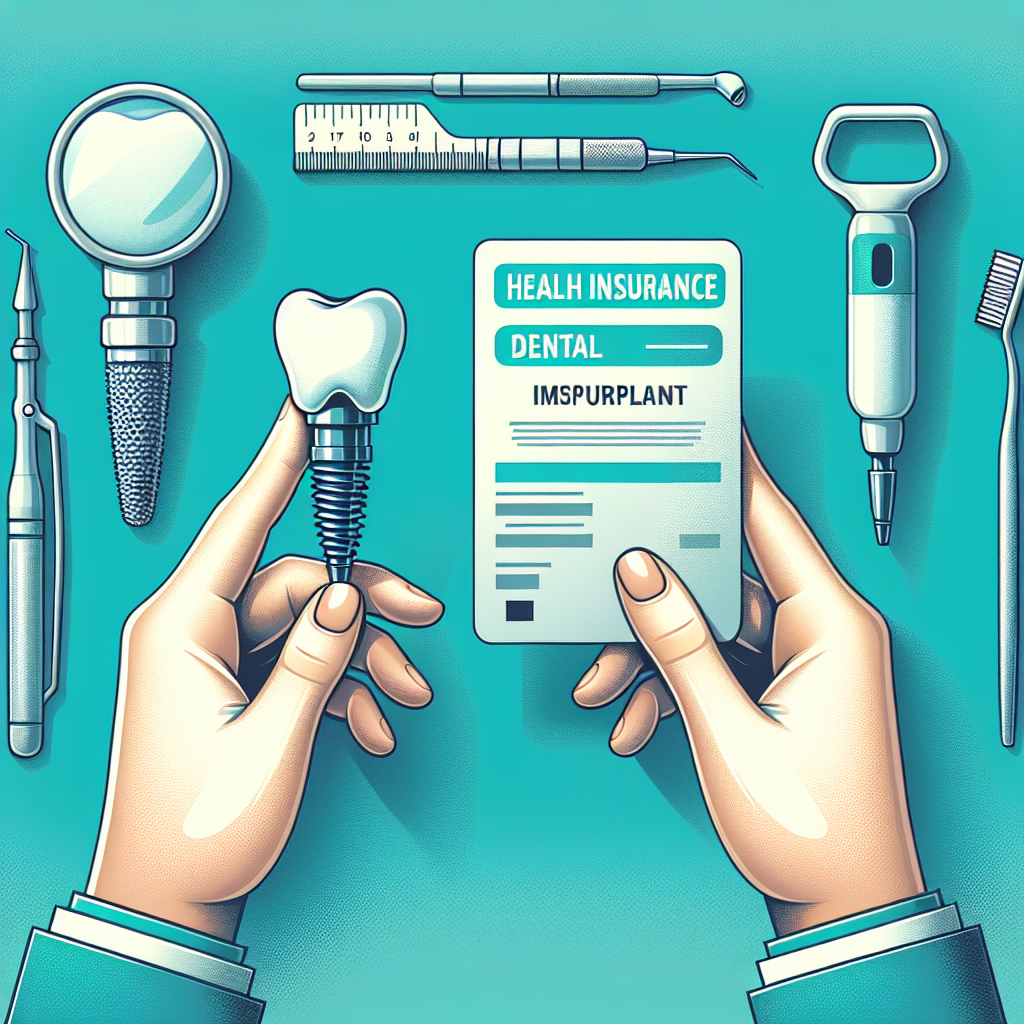Filed under Health Insurance on
Maximizing Benefits with Aligned Modern Health Insurance

In today's fast-paced world, health insurance has evolved significantly to accommodate the varied needs of individuals and families alike. Navigating this dynamic landscape can be daunting, but understanding how to maximize benefits with aligned modern health insurance can lead to better health outcomes and financial savings. This article guides you through the essential strategies for optimizing your health insurance plan, ensuring you make the most of what modern health coverage has to offer.
Understanding Aligned Modern Health Insurance
Modern health insurance is designed to be more flexible and customized, often incorporating a range of optional benefits and wellness programs that cater to diverse health needs. This alignment with contemporary lifestyles focuses on prevention, wellness, and integrated care, making it easier to manage your health proactively.
Key Features of Modern Health Insurance Plans
- Personalized Coverage Options: Customize your plan with options like dental, vision, and mental health services.
- Preventive Care: Access to annual check-ups, screenings, and vaccinations at no additional cost.
- Telehealth Services: Convenient virtual consultations with healthcare providers.
- Wellness Programs: Programs that promote healthy living, such as gym memberships or health coaching, often included.
- Integrated Care Networks: Broad networks of providers that ensure continuity and coordinated care.
Steps to Maximize Your Health Insurance Benefits
1. Thoroughly Review Your Plan
To fully leverage your health insurance, begin by reviewing your plan in detail. Understand what is covered, what requires prior authorization, and what your out-of-pocket limits are. Familiarize yourself with the network of doctors and facilities to ensure you are using in-network providers, which typically cost less than out-of-network services.
2. Take Advantage of Preventive Services
Preventive services are often included without additional costs. Regular screenings, immunizations, and wellness visits can detect health issues early and keep you healthy. For instance, scheduling an annual physical exam can help catch potential problems before they require more intensive care, saving both time and money in the long run.
3. Utilize Telehealth Options
The advent of telehealth services has revolutionized healthcare accessibility. Telehealth allows you to consult with medical professionals from the comfort of your home, which is particularly beneficial for non-emergency situations. This approach can significantly reduce the cost and time associated with visiting a healthcare facility.
4. Participate in Wellness Programs
Most modern health plans include wellness programs designed to promote a healthier lifestyle. These might include discounts on gym memberships, dietary consultations, or stress management workshops. Engaging with these programs can improve your overall well-being and help prevent more costly and serious health issues in the future.
5. Proactively Manage Chronic Conditions
If you have a chronic condition, it's vital to leverage disease management programs that many insurers provide. These programs offer resources and support to help you manage your condition effectively, potentially reducing the frequency of hospital visits and enhancing your quality of life.
Real-Life Examples of Optimizing Health Insurance Benefits
Case Study 1: Emily, a 35-year-old mother, utilized her health insurance's wellness program to enroll in a nutritional assessment and fitness classes. By maintaining regular consultations through her plan’s telehealth services, Emily successfully managed her pregnancy without unexpected health complications, saving on excessive medical bills.
Case Study 2: Mark, diagnosed with Type 2 Diabetes, enrolled in a chronic disease management program offered by his insurer. This program provided him with nutritional advice, regular health checkups, and personalized coaching, helping Mark control his condition and reducing his need for medication adjustment.
Practical Advice for Navigating Modern Health Insurance
1. Communicate with Your Provider
Regular communication with your healthcare provider ensures you're aligned on the best strategies for your health needs, helping avoid unnecessary treatments or tests that could result in extra charges.
2. Keep an Eye on Your Claims and Benefits Statements
This is crucial for spotting errors or discrepancies. Promptly addressing these issues with your insurance company can prevent unexpected costs and help you understand how your benefits are applied.
3. Stay Informed About Policy Changes
Insurance policies are subject to change, which can affect your coverage and costs. Stay informed by regularly reviewing any communications from your insurer and understanding how changes may impact you.
4. Budget for Out-of-Pocket Expenses
Even with comprehensive health insurance, some costs will be incurred directly by you. Budgeting for these expenses ensures you're prepared, minimizing financial strain when accessing necessary care.
Frequently Asked Questions
- What is the advantage of using in-network providers?
In-network providers have negotiated rates with your insurer, which generally results in lower costs for services compared to out-of-network providers. Utilizing them ensures you maximize your plan's cost-saving potentials.
- How does telehealth provide cost savings?
Telehealth eliminates the need for travel, reduces the time spent at a doctor's office, and can be less expensive than in-person visits. This accessibility makes it easier to seek treatment early, preventing more severe health issues.
- Are wellness programs really beneficial?
Yes, wellness programs can lead to improved health outcomes. By promoting regular physical activity, healthy eating, and mental health support, they help prevent chronic diseases and improve overall well-being, reducing healthcare expenses over time.
- How do I know if a service requires prior authorization?
Your insurance plan's details, available through your insurer's website or direct communication with them, will outline which services require prior authorization. It’s vital to check this before receiving certain medical services to avoid unexpected out-of-pocket expenses.
- What should be done if a claim is denied?
If a claim is denied, you should review the explanation of benefits to understand the reason. Contact your insurer to discuss the issue, and if necessary, file an appeal. Knowing your plan’s guidelines can aid in this process.
By understanding and utilizing the full scope of your health insurance benefits, you can take control of your health, prevent illness, and manage costs effectively. With the right information and proactive strategies, maximizing your benefits with aligned modern health insurance becomes not just possible, but an empowering aspect of healthcare management.





